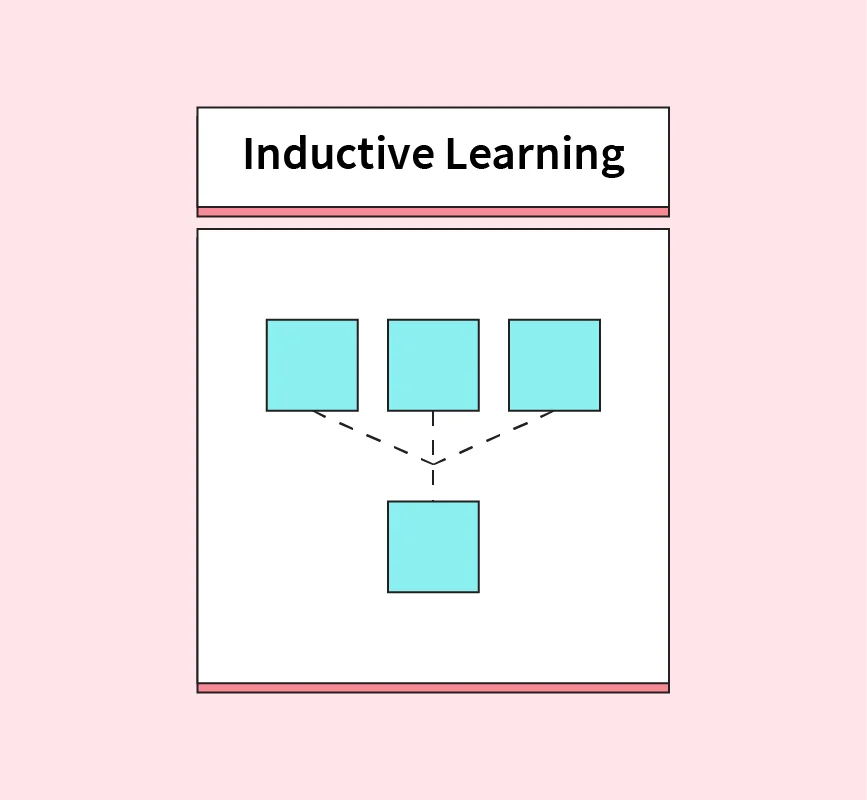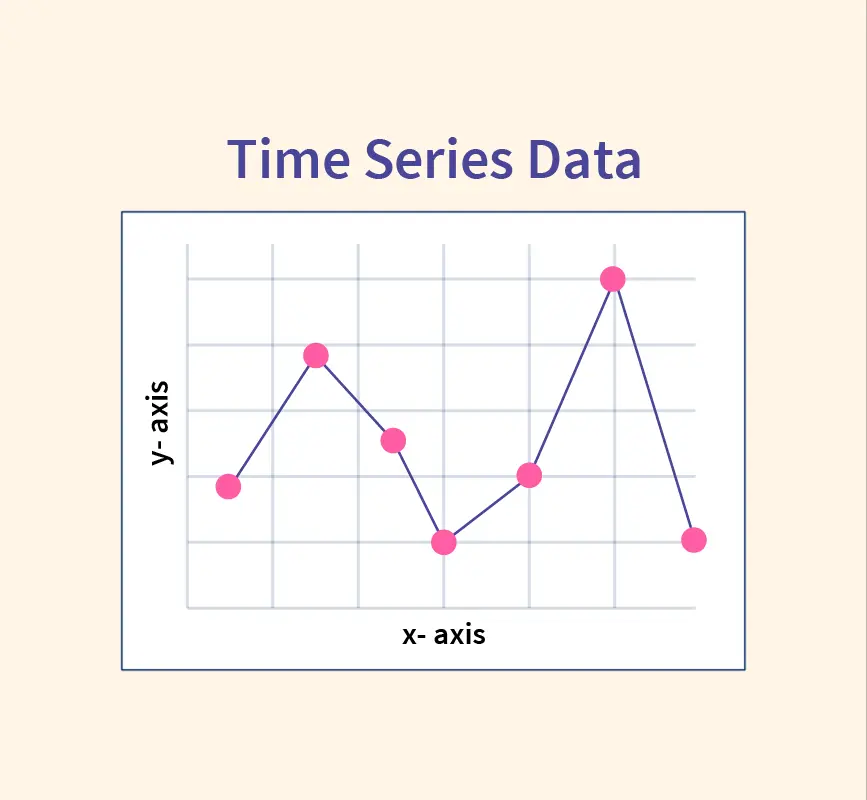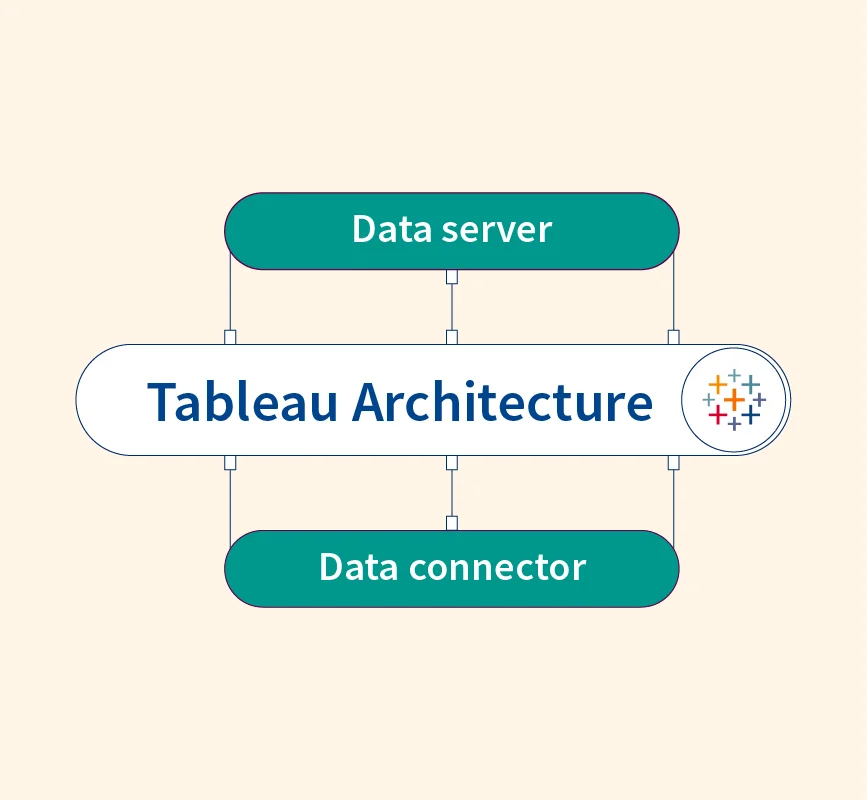Movie recommendation systems are AI-driven algorithms designed to predict user preferences based on their past behavior. These systems analyze viewing history, user ratings, and interactions to suggest personalized movie recommendations, enhancing user engagement and satisfaction.
Popular streaming platforms like Netflix, Amazon Prime, and YouTube leverage sophisticated recommendation models to improve content discovery and retention. By employing machine learning techniques, these platforms ensure that users receive highly relevant suggestions, keeping them engaged for longer durations.
In this article, we will explore the different types of movie recommendation systems, the machine learning models that power them, and a step-by-step guide to building one from scratch. Whether you are a beginner or an experienced data scientist, this guide will help you understand how recommendation engines work and how they can be implemented effectively.
What is a Recommendation System?
A Recommendation System is a machine learning-based algorithm designed to suggest relevant content to users based on their preferences, behavior, or interactions. These systems are widely used in movies, music, e-commerce, streaming services, and online retail to enhance user experience by providing personalized suggestions.
For example, platforms like Netflix and Prime Video recommend movies based on users’ watch history, while e-commerce websites like Amazon and Flipkart suggest products based on previous purchases and browsing behavior.
There are two primary approaches to recommendation systems:
- Content-Based Filtering – Recommends items similar to what the user has previously liked, based on attributes such as genre, director, or actors in the case of movies.
- Collaborative Filtering – Suggests items by analyzing the preferences of similar users, making recommendations based on collective behavior patterns.
These models help businesses drive user engagement, improve customer retention, and optimize sales by predicting user preferences with high accuracy.
Why are Recommendation Systems Important?
Recommendation systems play a crucial role in enhancing user experience, increasing engagement, and driving business growth across various industries. These AI-powered models ensure that users receive relevant content, improving satisfaction and retention.
1. Enhancing User Experience
Recommendation systems help users discover new content tailored to their preferences. Whether it’s movies on Netflix, songs on Spotify, or products on Amazon, these systems eliminate the need for users to search manually, providing a seamless and enjoyable browsing experience.
2. Increasing User Engagement
Platforms like Netflix, YouTube, and Instagram use recommendation algorithms to keep users engaged by continuously suggesting personalized content. This results in longer watch times, increased interactions, and higher app retention rates.
3. Driving Business Growth
Personalized recommendations lead to higher revenue through targeted advertisements, improved product sales, and better conversion rates. Streaming platforms boost subscriptions, e-commerce companies increase sales, and advertisers maximize ROI by displaying highly relevant recommendations.
By leveraging machine learning techniques, recommendation systems not only improve customer satisfaction but also provide a competitive advantage for businesses in the digital landscape.
Types of Recommendation Systems
Recommendation systems use different methodologies to provide users with the most relevant content. The three primary types are Content-Based Filtering, Collaborative Filtering, and Hybrid Recommendation Systems.
1. Content-Based Filtering
This approach analyzes the features of a movie (e.g., genre, director, actors) and suggests similar content based on a user’s past preferences. It relies on metadata and the characteristics of movies rather than other users’ preferences.
- How it works:
- If a user watches a science fiction movie like Inception, the system might recommend Interstellar due to shared features like genre and director.
- The algorithm builds a user profile and refines recommendations over time based on watched content.
- Limitations:
- Struggles to recommend movies outside a user’s viewing history.
- Does not capture diverse preferences beyond a user’s past interests.
2. Collaborative Filtering
Instead of analyzing movie content, Collaborative Filtering recommends movies based on user interactions, ratings, and behaviors.
- Two types:
- User-Based Collaborative Filtering: Finds users with similar tastes and suggests what they liked.
- Item-Based Collaborative Filtering: Suggests movies based on items similar to those a user has already watched.
- Example:
- If User A and User B have a similar watch history and User A watches The Matrix, the system may recommend The Matrix to User B even if they haven’t watched it yet.
- Limitations:
- Struggles with new users (cold start problem).
- Requires a large dataset for accurate recommendations.
3. Hybrid Recommendation System
A Hybrid System combines content-based and collaborative filtering to overcome limitations and improve accuracy.
- Example:
- Netflix uses metadata (content-based filtering) and user behavior (collaborative filtering) to recommend movies tailored to individual preferences.
Hybrid systems are widely used because they deliver more accurate and personalized recommendations compared to standalone filtering methods.
How to Build a Movie Recommendation System Using Machine Learning?
A Movie Recommendation System is an advanced AI-driven approach that suggests movies based on user preferences, past interactions, and viewing history. These systems play a crucial role in streaming platforms like Netflix, Amazon Prime, and YouTube, where personalized recommendations enhance user experience and engagement.
This guide will walk through a step-by-step implementation of different recommendation models, including Content-Based Filtering, Collaborative Filtering, and Hybrid Models, along with code examples and evaluation techniques.
Step 1: Collecting and Preparing the Dataset
To build a recommendation system, we need access to a dataset containing movies, users, ratings, and metadata. Some widely used datasets include:
- MovieLens dataset (contains user ratings and metadata).
- IMDb dataset (includes information about movies, cast, reviews, and box office data).
- Netflix Prize Dataset (real-world movie ratings from Netflix users).
Data Cleaning Tasks:
Before model training, we need to clean the data:
✔ Handle missing values in movie attributes (e.g., unknown director, missing genres).
✔ Remove duplicate entries to avoid bias in recommendations.
✔ Normalize user ratings (scaling between 0.5 and 5) for consistency.
✔ Standardize text-based features like genres, descriptions, and movie titles for better processing.
✔ Convert categorical variables (e.g., genres) into numerical representations using one-hot encoding or word embeddings.
Data preprocessing ensures that the model receives high-quality inputs, leading to accurate recommendations.
Step 2: Data Preprocessing and Feature Engineering
Since raw movie metadata is often unstructured, we must convert text-based movie features into numerical representations.
Feature Extraction Methods:
✔ TF-IDF Vectorization: Converts textual data (genres, descriptions) into numerical format.
✔ Word2Vec Embeddings: Captures relationships between words in movie metadata.
✔ User-Item Matrix: Represents user interactions with movies (used in collaborative filtering).
✔ One-Hot Encoding: Converts categorical features like genres into binary vectors.
By applying these techniques, we prepare the data for machine learning models, improving accuracy and recommendation quality.
Step 3: Implementing a Content-Based Filtering Model
Content-based filtering recommends movies that are similar to those a user has watched by analyzing metadata like genres, descriptions, and director names.
Using Cosine Similarity to Find Similar Movies:
from sklearn.metrics.pairwise import cosine_similarity
# Compute similarity matrix
similarity_matrix = cosine_similarity(movie_feature_matrix)How It Works:
✔ Each movie is represented as a feature vector based on its metadata.
✔ Cosine similarity calculates the distance between movie vectors, ranking the most similar movies higher.
✔ The model recommends movies with the highest similarity scores to the user.
Example:
If a user watches “Inception,” the system may recommend “Interstellar” based on genre and director similarity.
Step 4: Implementing a Collaborative Filtering Model
Unlike content-based filtering, collaborative filtering leverages user interactions and behavior rather than metadata.
User-Based Collaborative Filtering (Using SVD – Singular Value Decomposition):
from surprise import SVD
from surprise import Dataset, Reader
# Load dataset
data = Dataset.load_from_df(ratings[['userId', 'movieId', 'rating']], Reader(rating_scale=(0.5, 5)))
# Train SVD model
model = SVD()
trainset = data.build_full_trainset()
model.fit(trainset)How It Works:
✔ Finds similarities between users based on their past ratings.
✔ Users with similar preferences receive overlapping recommendations.
✔ Example: If User A and User B have a similar watch history, they’ll receive similar recommendations.
Item-Based Collaborative Filtering:
from sklearn.metrics.pairwise import cosine_similarity
# Compute item similarity matrix
item_similarity = cosine_similarity(movie_user_matrix.T)✔ This method recommends movies that are similar to the ones a user has already watched, instead of relying on user preferences.
Step 5: Hybrid Model Implementation
A Hybrid Recommendation System combines both content-based and collaborative filtering to improve accuracy.
# Hybrid score computation
hybrid_score = (0.5 * content_score) + (0.5 * collaborative_score)Why Hybrid Models Are More Effective:
✔ Content-based filtering helps when user data is limited.
✔ Collaborative filtering helps when metadata is incomplete.
✔ Combining both leads to more diverse and personalized recommendations.
Example: Netflix uses both movie metadata (content-based) and user behavior (collaborative filtering) for recommendations.
Step 6: Generating Movie Recommendations
After training the model, we can generate personalized movie recommendations for users.
def recommend_movies(user_id, num_recommendations=10):
scores = hybrid_model(user_id)
return movies.iloc[scores.argsort()[-num_recommendations:]]✔ The function retrieves the top 10 recommended movies for a given user based on hybrid model predictions.
Step 7: Evaluating the Model
To assess the system’s accuracy, we use Mean Absolute Error (MAE) and Root Mean Squared Error (RMSE).
from sklearn.metrics import mean_squared_error
# Compute RMSE
mse = mean_squared_error(actual_ratings, predicted_ratings, squared=False)
print(f"RMSE: {mse}")✔ Lower RMSE indicates better performance and more accurate predictions.
✔ Tuning hyperparameters (e.g., adjusting similarity weights) can further improve performance.
Additional Model Evaluation Metrics
- Precision & Recall: Measures how well recommendations match actual user preferences.
- F1 Score: A balance between precision and recall.
- Hit Rate: Measures how often a recommended item was actually chosen by a user.
Enhancing the Recommendation System
To further improve recommendation accuracy, additional techniques can be applied:
✔ Deep Learning Approaches: Use Neural Collaborative Filtering (NCF) or Recurrent Neural Networks (RNNs) for more advanced recommendations.
✔ Personalization with Reinforcement Learning: Implement multi-armed bandit algorithms to dynamically adjust recommendations based on user feedback.
✔ Incorporating User Behavior Signals: Track watch time, skips, likes, and search history for fine-tuning recommendations.
Advantages and Limitations of Movie Recommendation Systems
Movie recommendation systems have transformed the way users discover content on streaming platforms, offering a personalized experience while maximizing engagement. However, like any AI-based system, they come with their own set of challenges.
Advantages
1. Personalized Recommendations
AI-driven recommendation engines tailor suggestions to user preferences, improving watch experience and engagement.
Example: Netflix’s recommendation system suggests movies based on viewing history, ratings, and behavior.
2. Automated Decision-Making
Users no longer need to manually search for content—AI-based systems curate relevant movie suggestions effortlessly.
Example: YouTube’s algorithm automatically selects videos based on past interactions, keeping users engaged.
3. Revenue Growth for Platforms
Increases watch time and retention rates for streaming platforms.
More targeted advertising opportunities drive additional revenue.
Example: Amazon Prime Video optimizes recommendations to encourage longer viewing sessions.
Limitations
1. Cold Start Problem
New users lack sufficient historical data, making it difficult to predict preferences accurately.
Similarly, new movies without enough ratings or reviews struggle to get recommended.
2. Data Privacy Concerns
AI-powered recommendation engines track user behavior, raising ethical concerns about data privacy.
Companies must ensure compliance with data protection laws like GDPR and CCPA.
3. Scalability Issues
Processing millions of user interactions requires high computational power.
Real-time recommendations demand optimized machine learning models and cloud-based infrastructure.
Future of AI-Powered Movie Recommendation Systems
As AI continues to evolve, movie recommendation systems are becoming more advanced, accurate, and personalized. Emerging technologies such as deep learning, reinforcement learning, and Explainable AI (XAI) are shaping the next generation of recommendation engines.
Deep Learning-Based Recommendation Systems
- Traditional machine learning models are being replaced by neural networks for improved accuracy.
- Autoencoders and Recurrent Neural Networks (RNNs) help capture complex user preferences and long-term trends.
- Example: Netflix and Spotify leverage deep learning to refine personalized recommendations based on viewing/listening habits.
Reinforcement Learning for Dynamic Recommendations
- Unlike static recommendation models, reinforcement learning (RL) adapts in real time based on user feedback.
- AI agents continuously learn from user interactions, ensuring that suggestions remain relevant.
- Example: YouTube’s recommendation algorithm adjusts recommendations dynamically based on watch time, likes, and skips.
Explainable AI (XAI) in Recommendations
- As AI-driven recommendations become more sophisticated, users demand transparency in how suggestions are made.
- Explainable AI (XAI) helps justify recommendations, increasing trust and user satisfaction.
- Example: Instead of opaque recommendations, platforms like Netflix could explain suggestions using statements like “We recommended this movie because you enjoyed Inception and other sci-fi thrillers.”
The future of movie recommendation systems is driven by AI advancements, making them more dynamic, transparent, and effective. By integrating deep learning, reinforcement learning, and XAI, streaming platforms will deliver highly personalized experiences, further enhancing user engagement.
Conclusion
AI-powered movie recommendation systems have transformed the way users discover and engage with content. By leveraging machine learning techniques such as content-based filtering, collaborative filtering, and hybrid models, platforms like Netflix and YouTube provide highly personalized suggestions that enhance user experience and engagement.
With advancements in deep learning, reinforcement learning, and Explainable AI (XAI), recommendation systems are becoming smarter, more dynamic, and transparent. As AI continues to evolve, the future of personalized recommendations will rely on innovative hybrid approaches that combine multiple techniques for better accuracy and adaptability.
For AI enthusiasts and data scientists, exploring advanced models and deep learning techniques can unlock new possibilities in building more intelligent recommendation systems.
References:


